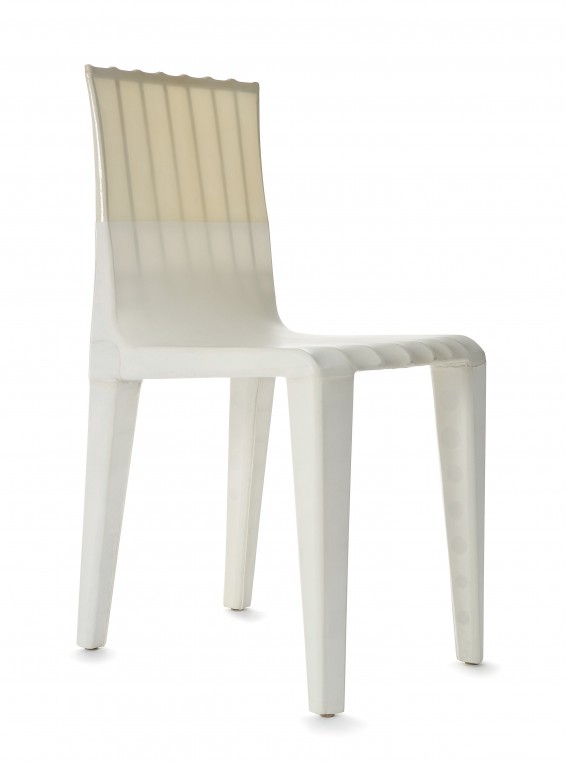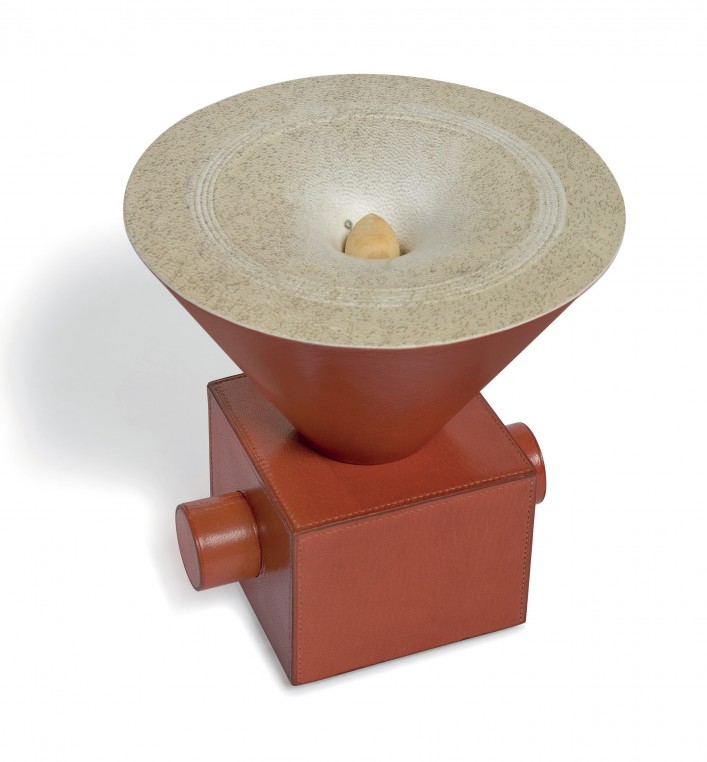francois_azambourg_paroi_tout_cuir.jpg

Man has always sought to adapt leather to his needs. Although the product is of natural origin, its hard-wearing properties are the result of chemistry.
A living thing, animal hide is sensitive to everything around it. Much like our own skin, it needs protection. This is where tanning comes in; through its complex action it transforms hide into leather. The chemical industry helps to improve leather, bringing out its natural beauty while enriching it with synthetic products, which are very useful in day-to-day life.
Carefully protected
The enemies of leather are the same as those of our own skin: water, ultraviolet rays, bacteria, etc. Let’s be clear, hide in its raw state detests water, which warps it, as well as light and heat which discolour and burn it. To avoid such damage the hide is treated with many types of oil-based products, water repellents, and resins to make it more hard-wearing from the tanning stage right through to when the finish is applied. Once the pigmented leather’s surface is protected, it is water, stain and flame resistant, and machine washable. The fact that the leather is easy to care for and flame-resistant makes it suited to everything from apparel to furniture manufacture via the automobile industry.

The paradox of performance
“The more we try and make leather as hard-wearing as plastic, the less natural it looks,” points out Jean-Luc Couvreur, industrial director of the Roux tanneries. This is the paradox of the natural/artificial dialogue in leatherwork as a whole. Ultimately, the consumer is free to choose between an aniline finish, where a fine and transparent protective layer makes the most of the material, but also renders it delicate, and a pigmented finish which is a lot more protective, the various layers tending to make the grain of the leather opaque and uniform.
Innovative perspectives
Designer François Azambourg is very attached to materials, their durability and their streamlined use. In 2004, with Hermès, he launched a new, now-patented leather typology - part stiff, part supple. For the second stage of Leather Interiors – the joint operation carried out in 2010 by the French Federation of Tanners (FFTM), French tanneries and the The Professional Committee for the Economic Development of Leather, Footwear and Leathergoods (CTC) – he is furthering his research to reconcile leather and nature. His self-supporting 3D wall and his leather sections – a series of leather offcuts rolled in on themselves – are some of the proposals for the future as he looks to prove that hard-wearing does not have to mean plastic.







